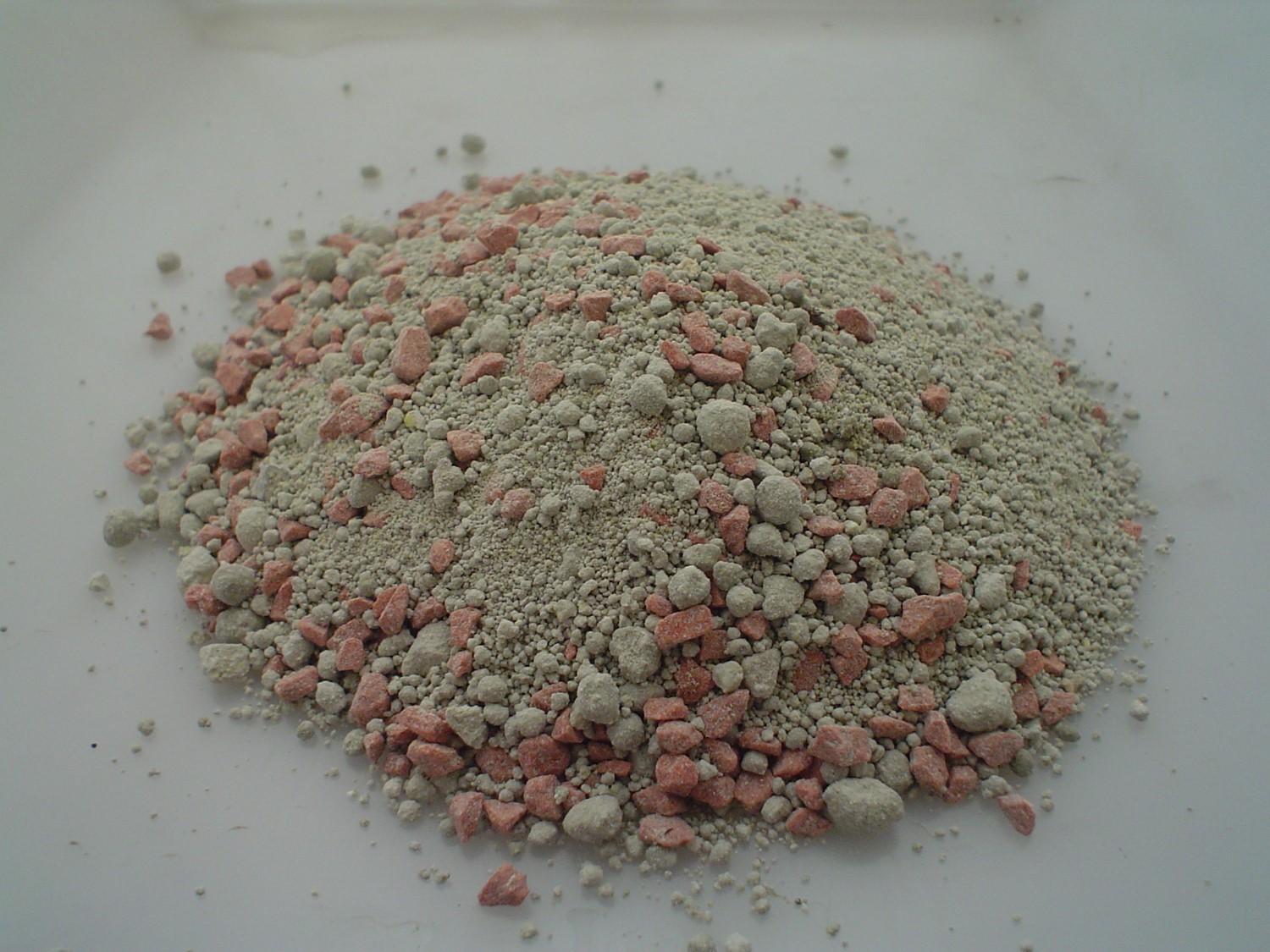Derrick contacted me following the previous blog – asking that we quantify our statements regarding our changes in fertiliser applications, especially since we are now spending less!
We have historically run a cut and carry operation with the lucerne (if the season allowed it), and so we applied fertiliser taking this into account. Given we never actually measured how much we grew, we always had to ‘guestimate’ by working out numbers of bales of baleage or tonnes of silage. This would then enable us to work out the kilograms of nutrients removed.
We have always used the following calculations to do this: (Ref: Lincoln Farm Technical Manual)
- For every tonne of Dry Matter (DM) of silage/baleage removed:
|
Phosphorus (P) |
Potassium (K) |
Sulphate Sulphur (S) |
|
5kg |
20kg |
3kg |
So we often assumed an average cut of about 2.5 tonne DM, so…
| P | K | S | |
| 2.5 x | 5 | 20 | 3 |
| 12.5 | 50 | 7.5 |
To get these nutrients, we used to apply 30% Potash Sulphur Super, at a rate of 300kg/ha, which gives:
|
P |
K |
S |
|
16 |
45 |
43 |
Presently this costs approximately $155/ha (not including cartage or spreading)
(Please note: we need to apply a lot of Sulphur in this environment, due to naturally low soil levels (around 2-3) – not all farms would need to apply this much.)
Now, in comparison, we do measure how much we are growing by using the feed cages – and this is about 9 tonne DM/year, and running about 6 su/ha.
- We work on the recommendation of approximately 1.6kg P/su/yr, so:
6 su/ha x 1.6 = 9.6 kg P required/year
Therefore to maintain our P levels, and enough S for the year, we are now applying Sulphur Super 20, at a rate of 150kg/ha, which gives:
|
P |
K |
S |
|
12 |
0 |
31 |
Presently this costs approximately $60/ha (not including cartage or spreading)
In summary, there is a huge saving of around $95/ha on fertiliser alone on our lucerne paddocks by grazing and not cutting.
